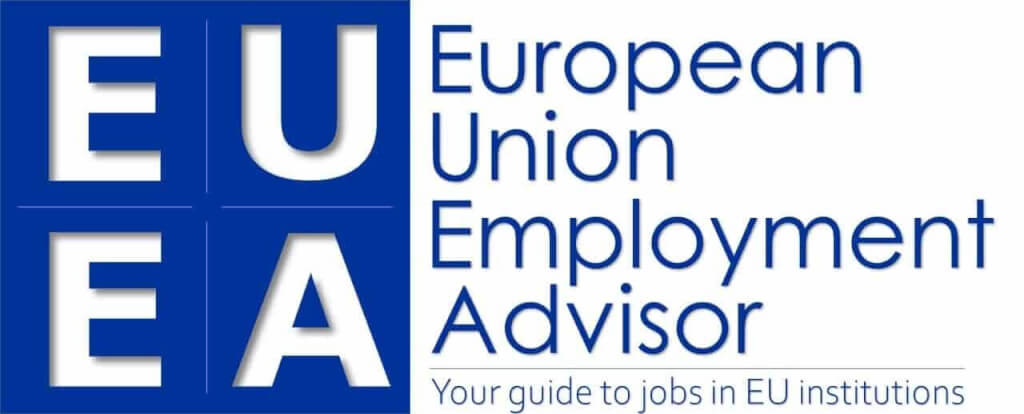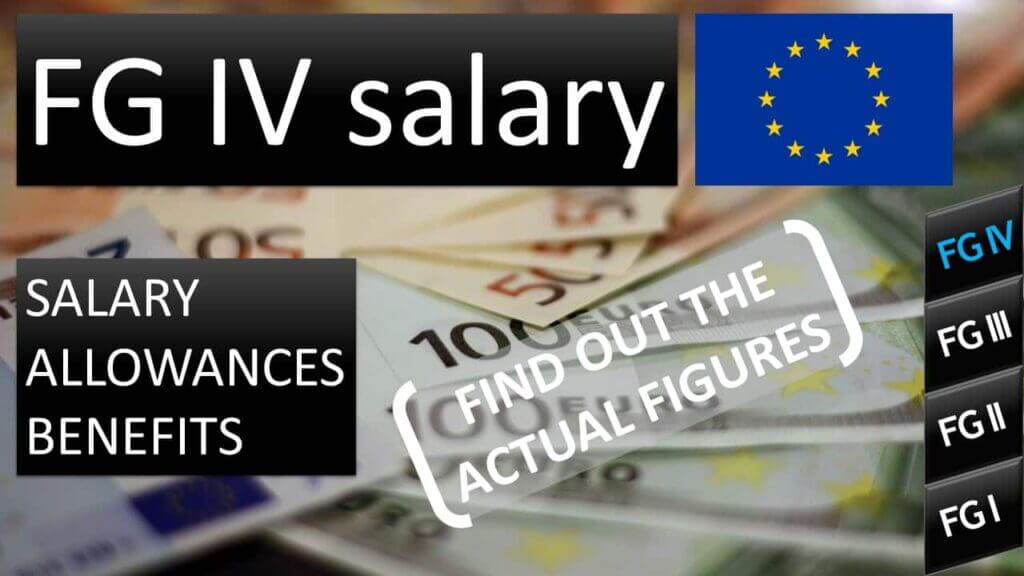CEFRL stands for the ‘Common European Framework of Reference for Languages’.
It is also sometimes abbreviated to CEFR or CEF.
Rationale
CEFRL is a widely recognized standard used to measure and describe language proficiency across Europe. It provides a comprehensive framework for assessing and comparing the language abilities of individuals in a consistent and transparent manner.
CEFRL makes it easier for employers and other organizations to evaluate the language qualifications of potential employees.
CEFRL Levels
The CEFRL framework divides language proficiency into six levels, grouped into three broad categories:
- A (Basic User):
- A1: Beginner
- A2: Elementary
- B (Independent User):
- B1: Intermediate
- B2: Upper Intermediate
- C (Proficient User):
- C1: Advanced
- C2: Mastery
Who created CEFRL?
CEFRL was created by the Council of Europe (CoE) between 1989 and 1996. CoE is not a European Union institution, but a separate international body. All 27 EU Member States are also members of CoE, which has 46 members in total.
The European Union officially adopted the use of CEFRL in 2001, including for the assessment of officials’ knowledge of a third EU language.





I confirm what X says. You’re entitled until she turns 27.